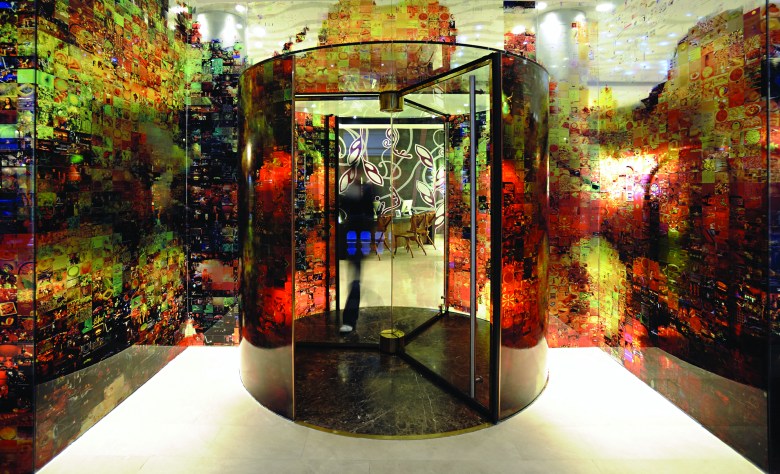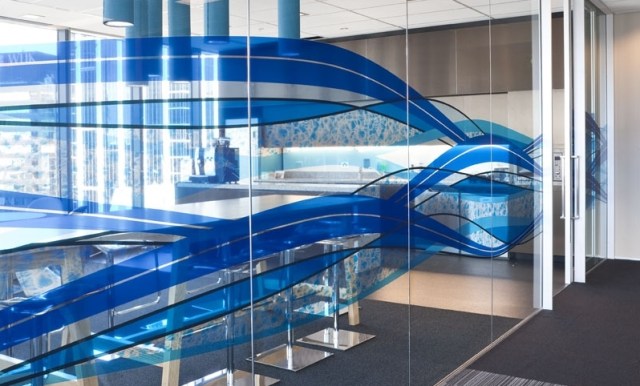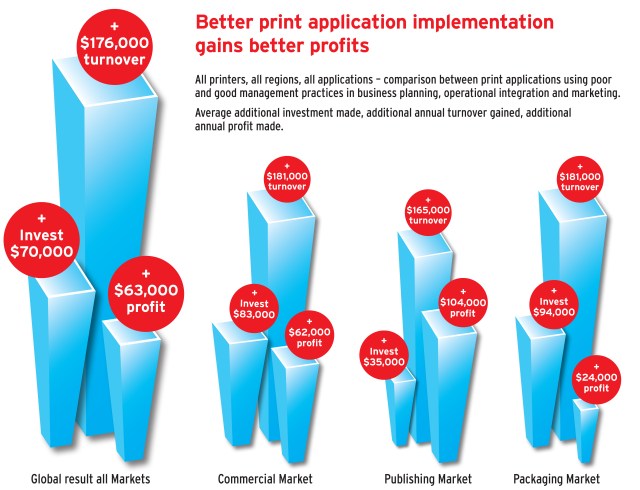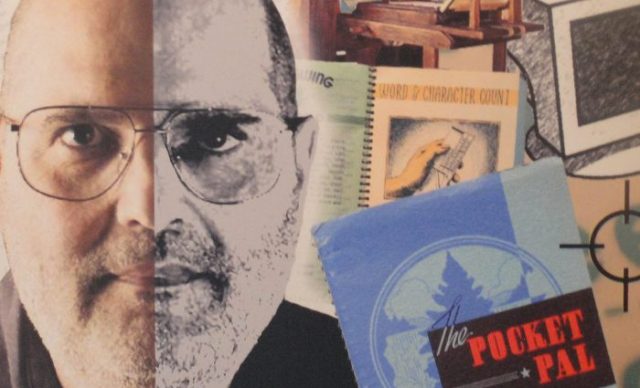
Decorative glass works as a popular medium for creating stunning interior environments and is a great material for adding another dimension to internal spaces.
The ability to use both colour and light to create distinctive and interesting environments makes this very much in vogue within the interior design and architectural community.
Right now, the trends we see in decorative glass applications have been strongly driven by interior designers and architects looking to create high end style, privacy as well as other more functional applications such as ambient light.
Textured, patterned, etched and switchable glass have become the major trends for 2016. Glass fabrication has evolved to provide an increasing range of finishes and effects for specifiers to choose from. This in turn has created an environment where the design community is eager for new finishes and solutions to offer their clients.
Opportunities in glass
The increasing demand for innovation represents significant business opportunities for our industry.
In the world of self-adhesive, there exists a massive offering of films designed specifically for glass. Long gone the days when window films were simply advertising stickers, replaced with today’s range of products provide stunning, quality finishes to glass that have significant cost and application benefits over specialised glass.
Translucent films, transparent colour stain films, ultra-clear films, light diffusers, digitally printable clear films, pre-printed patterned films and sand blast effect films represent part of the wide range available today.
With creative design and applications these films are undetectable as stickers on glass.
The biggest challenge we face in growing this market is making designers, architects, specifiers and end users aware of the creative possibilities and benefits that come from using film over traditional media. Self-adhesive films are much more cost effective to use as they make use of existing glass panels.
As the application can be done on site, the risk of an expensive piece of glass breaking in transit is eliminated. Films offer greater flexibility to customers, as they can be removed from the glass surface at any time. This allows designs to be easily removed and a new film reinstalled.
Clients do not have to be committed to a look for a long period of time. Instead, they can keep their interior updated and fashionable easily and cost effectively. In the case of vandalism replacing a self-adhesive film is more cost effective and efficient than replacing an entire glass pane of specialised glass. Self-adhesive films can instantly transform glass with minimal downtime and disruption to business.
Many benefits
As well as their decorative and space enhancing properties, glass films provide functional benefits.
In the architectural world, creating privacy is one of the most popular requirements for glass applications.
Interior glass films can also offer security, shield interiors from harsh UV rays, protect glass surfaces from scratching and vandalism and create safety in the event of a window breaking.
Glass protection films are designed to hold shattered glass in place, significantly reducing the chance of severe injury which can occur when human beings and glass collide.
They protect the glass surface from any abrasion that could occur with cleaning or deliberate vandalism such as scratching and keying. Replacing damaged film is far easier than replacing glass and involves less down time and cost. Unsightly damage can quickly be removed and the glass restored to its original condition.
Choose carefully
While our customers are driven by design and functional finishes, there are many technical considerations beyond just looks to consider when choosing the right self-adhesive film.
Some films may look the same but their application, performance, functionality, durability and removability can vary significantly.
One of the most important considerations in choosing films is removability.
If film application represents cost savings and flexibility, then the ability of the film to be removed from the glass is an important feature.
A film that can be removed easily and cleanly at a later point in time will represent substantial savings to the customer when they want to update their interior.
Ease of application is also important. While a faster application may reduce the labour cost to the end user, the main advantage is for the applicator as it makes things much easier. Ultimately it should be the finish for the end-user that is of primary importance.
Bubble free type adhesives allow the application to be achieved quickly and effectively but some bubble free structures remain visible after application and can be especially noticeable on unprinted media. This is dependent on the brand. If a consistent uniform appearance is important, it is advisable to test what the film looks like on glass in normal lighting conditions.
Solvent and water based adhesives also behave differently. When it comes to glass, films are generally applied using the wet method. Some water based adhesive will turn milky on contact with water and while eventually the adhesive will return to its clear state the length of time will depend on the temperature and humidity. This may not be acceptable for the client.
High dimensional stability and minimal shrinkage will ensure the image is less obvious as a film. Joins will be less noticeable and you will not see the film shrinking back from the edges of the glass.
All these features highlight that there is more to choosing a film then simply the top sheet and that the adhesive qualities are just as important in product selection.
For etch and sandblast look films, a less known feature is a films ability to maintain privacy when in contact with grease, cleaners and water. If the glass etch film is in an area where it can come into contact with these elements, their opacity can be compromised and a more see through effect is visible while the contaminant remains on the surface. High quality top sheets are unaffected by these elements and help explain why films may look the same but differ in terms of costs.
There are no limits to the creativity of designers and architects in the design of glass products. With this medium being used for windows, ceilings, floors, room partitions, doors, wall panels, stairs and furniture, the opportunities to provide printed and coloured films to this market is vast.
The range and diversity of products available today means we can offer a wide variety of decorative, functional, and safety solutions that deliver cost-effective, convenient, and functional products to our customers.
Comment below to have your say on this story.
If you have a news story or tip-off, get in touch at editorial@sprinter.com.au.
Sign up to the Sprinter newsletter



